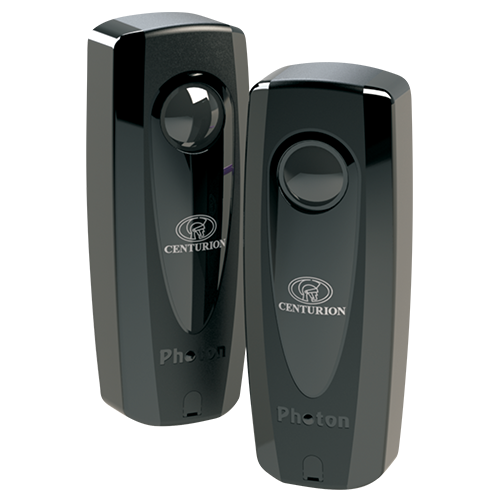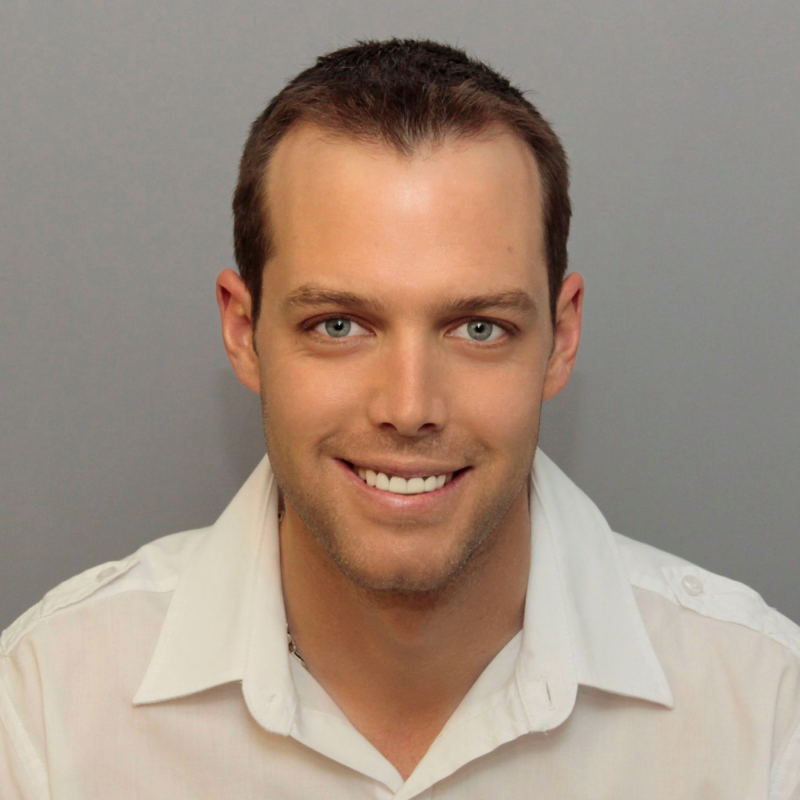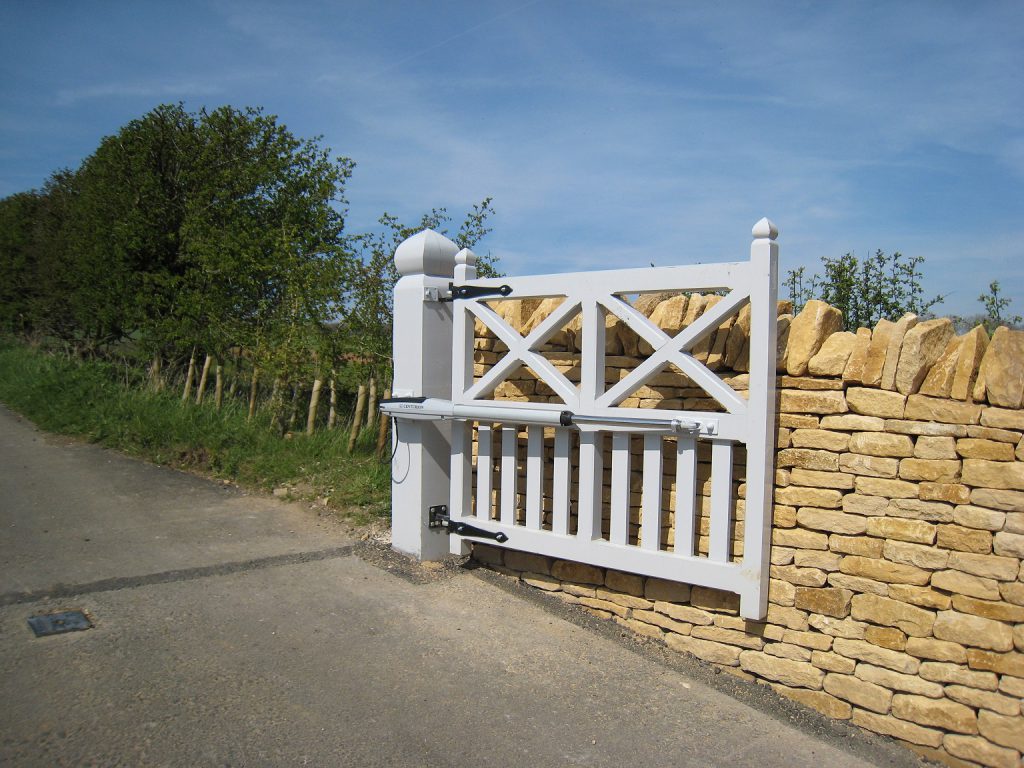Michael Blackman is one of the visionaries behind products like the VANTAGE and VERT-X swing gate motors, as well as the boldly beautiful Photon infrared beams. Whether or not Michael considers himself an aesthete, or even an artist, we may never know, but one thing is certain: he has an eye for beauty. With Michael recently completing his Master’s degree in Engineering Management, I thought this would be a great time to get to know the man behind many of our great-looking machines.

 Michael was kind enough to chat to me about what inspires him and his team (for it is very much a team effort) to create beautiful, robust, world-class access automation products.
Michael was kind enough to chat to me about what inspires him and his team (for it is very much a team effort) to create beautiful, robust, world-class access automation products.
Charl Mijnhardt: What is your approach to designing a new product? To put it another way, what is your design philosophy?
Michael Blackman: When we first look into designing a new product for CENTURION, we start by looking at what features the client really wants, i.e. ease of installation, aesthetics, speed, etc. This allows us to get a perspective from the end-user and installer of the product. We then have to consider the manufactured cost of the product to ensure that we can be competitive in the market; this will heavily influence the technologies we use in the design as well as the types of materials we will use in the design and will give us an indication of whether we should go ahead with the project. In terms of the design philosophy, everyone in the R&D team (along with everyone else in the company) strives to be innovative and drive for excellence. This means that we do not necessarily follow the design trends of our competitors, but rather look into the various technologies available to us and design using the most appropriate technologies to meet our end goals. We strive to be leaders in our industry and therefore always look at new and appropriate technologies for our products. As CENTURION grows, we understand that different markets have different requirements for their products, e.g. in South Africa security is an important factor so we design our products to handle high break in loads, in the European markets forced entry is less of a concern, but aesthetics play a very important role, so we need to factor in all of our customer requirements when designing our products.
CM: What is the product that you are most proud of? And why?
MB: I can easily say that the products I am most proud of are the VERT-X and VANTAGE [swing gate motors]. We had a very good understanding of the product requirements and had to develop a product that not only looked better than the previous swing gate operator, but was also much easier to manufacture and repair. In order to achieve this, we had to design the product in such a way as to minimise machining as well as make it very easy to assemble the various components. By splitting the castings the way we did as well as making the sub-assemblies modular, we have managed to make it not only easier for our production line to assemble the operators, but also made it easy for installers to do quick repairs if necessary. We took everything we knew about our old linear operator and listened to our various stakeholders (end-users, installers, production) in order to focus on improving every aspect of the design.


CM: It is evident that you have an eye for beauty in technology. How important is aesthetic to you?
MB: A beautiful product is useless if the product is not reliable. Having said this, consumers often make their buying decisions based on the look of a product. As we continue to strive for excellence, the aesthetic aspect of design is becoming critical in order to remain competitive. This by no means implies that focus is lost on the reliability and performance aspects of the product. In the past, we may have focused our efforts on the mechanical elements of the design and then tried to make the product look pleasing, our new philosophy is to make the product look good and then focus on how we make the product meet the specification and perform reliably. There is a subtle difference in this design approach, if you don’t focus on the aesthetics up front, it is very difficult at the end of the design phase to try and make the product look good. If you focus on the aesthetic initially, you solve the various technical issues along the way in order to make the product work within the framework.
CM: Do you think this is representative of the trend happening in security technology? Do you think there is a call for tech to be sexier?
MB: Absolutely. I think with the Internet customers are much more aware of what is available in the market and therefore you need a way to differentiate your products. For the majority of end-users, they will most likely see what your product looks like and then only look at the specification. If you can’t appeal to the customer with the aesthetics, it is unlikely you will get a sale.
CM: Obviously, looks constitute only a small part of the overall product design. With regards to what goes on under the hood, what is important when designing a new product?
MB: For us, it is important to focus on product reliability. Once a customer has one of our products installed, they really don’t want to interface with it on a regular basis, they just want it to work. With this in mind, we focus on minimising part count, i.e. less things that can go wrong and then make sure that we have chosen the correct materials and components in order to meet the product requirements. We do a lot of conceptual work and prototyping during the design process long before we commit to making injection molding tools and going into mass production. We want to make sure that we have tested every aspect of the design to make sure that we have thought of everything in the design process as it is difficult to make changes once the product goes to market.





